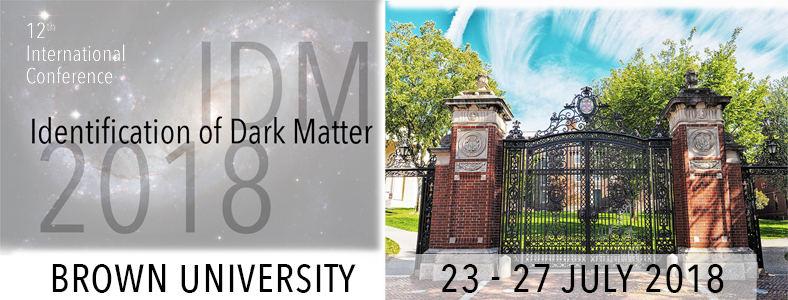Conveners
4.4 Axions
- David Pinner
For the minimal QCD axion model it is generally believed that overproduction of dark matter constrains the axion mass to be above a certain threshold, or at least that the initial misalignment angle must be tuned if the mass is below that threshold. We demonstrate that this is incorrect. During inflation, if the Hubble scale is low, the axion tends toward an equilibrium. This means the minimal...
We study the adiabatic conversion between the QCD axion and axion-like particle (ALP) at level crossing
which occurs when their masses become close to each other in the early universe. This is similar to the
Mikheyev-Smirnov-Wolfenstein effect in neutrino oscillations. I explain a scenario where the ALP produced
by the adiabatic conversion of the QCD axion explains the observed dark matter...
Ultra light bosonic dark matter like axion may form long-lived condensate. The longevity of the condensate can be understood by the approximate number conservation in the non-relativistic regime. The profile of condensate is obtained via the bounce method, just like Q-balls, as long as the number violating interaction is weak enough. I will discuss the decay processes of the condensate by the...
We compare several cosmological constraints on the cross section for elastic scattering between DM and baryons over a wide range of epochs in cosmological history. The result shows that given high-redshift constraints on DM-baryon scattering, long-range interactions for light DM would be sufficient to explain the deep 21cm absorption trough recently claimed by the EDGES experiment. For...
Although the $\Lambda$CDM model is in excellent agreement with the observed CMB, its prediction for the current rate of expansion of the universe is in tension with observations of the local universe at $ > 3 \sigma$. Furthermore, theoretically motivating a cosmological constant has proved difficult. In this talk, I will discuss a solution to the Hubble tension in the form of early dark...
Axion dark matter is commonly considered as a classical self-interacting scalar field condensate. This talk takes the axion as a quantum scalar field and shows how long the classical description is valid considering gravitational and contact self-interactions. When the axion field is homogeneus and interacts with itself by attractive forces, parametric resonance causes quanta to jump in pairs...
